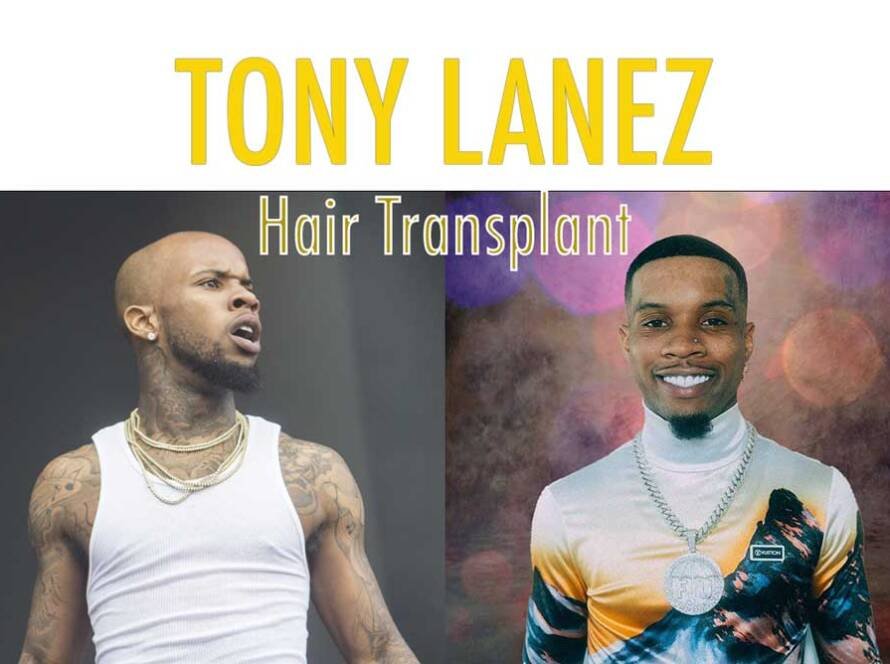George Clooney’s Hair Transplant Journey: A Lesson in Confidence and Restoration
Hair loss is a natural process that many men face, especially as they age. For many, this begins in their 50s and often affects the front hairline. While this can be a common occurrence, the psychological impact of losing hair and experiencing partial baldness is significant. Fortunately, with the advancements in modern hair restoration techniques, hair transplantation has become a viable solution for those looking to regain their youthful appearance and confidence.
One such public figure who chose to undergo hair transplantation to address his hair loss is renowned actor George Clooney. After noticing significant shedding in his hairline, Clooney decided to pursue a hair transplant to restore his signature look. Let’s take a closer look at Clooney’s hair restoration journey and what it can teach us about the process.
George Clooney’s Hair Transplant: A Smart Decision
George Clooney’s hair transformation serves as a powerful example of how hair transplantation can not only address hair loss but also restore a person’s self-esteem. After extensive shedding in the front hairline, the actor underwent a procedure to bring back a fuller, more youthful head of hair.
The procedure was performed using the most appropriate technique for his specific needs after a thorough check-up. Clooney’s experience demonstrates how effective and life-changing hair transplantation can be. Just four months after the procedure, he showed off a fuller, more natural-looking hairline—proving that he made the right choice in opting for the treatment.
In interviews, Clooney has shared his satisfaction with the results and how much better he feels about himself. He also emphasizes how hair transplantation is a valuable option for anyone experiencing hair loss and looking to regain their confidence.
Understanding Grafts in Hair Transplantation
In the context of hair restoration, a “graft” refers to the transplantation of live tissue, typically hair follicles, to an area where hair growth is sparse or absent. Grafts are essential to the success of a hair transplant, as they carry the nourishing roots that allow hair to regrow.
The most common source for grafts is the nape of the neck, as this area generally has the healthiest and most durable hair follicles. After being carefully extracted from the donor area, the grafts are implanted into the thinning or balding areas using specialized techniques.
What You Should Know Before Considering a Hair Transplant
Before undergoing a hair transplant, it’s important to assess your suitability for the procedure and choose the right clinic. The following criteria should be considered before moving forward:
- Physical development is complete: Hair transplantation is recommended for individuals whose physical development has stabilized.
- Adequate donor hair: You should have sufficient hair in areas of your scalp where hair is still growing (usually the back or sides of the head) for donor follicles.
- No underlying health issues: Medical conditions that could interfere with healing or the procedure itself should be addressed.
- Pre-procedure consultation: You should undergo a medical examination by a doctor who can approve you for the procedure.
- Sufficient hair thinning in target areas: Hair thinning or baldness must be significant enough to warrant the transplant.
Choosing the Right Hair Transplant Clinic
Hair transplantation is not just a cosmetic procedure; it’s a serious surgical intervention. To ensure the best possible outcome, choosing the right clinic and surgeon is crucial. Here are several factors to keep in mind:
- Clarity about techniques: The clinic should clearly explain the techniques used, such as FUE (Follicular Unit Extraction) or FUT (Follicular Unit Transplantation), and how they will be applied to your specific case.
- Post-procedure care: You should feel confident in your ability to follow post-surgery instructions and care routines, ensuring optimal results.
- Hygiene standards: A clean, sterile environment is essential to avoid complications or infections during the procedure.
- Quality equipment: The clinic should use the latest, high-quality tools and equipment for hair transplantation to ensure a successful outcome.
- Experienced medical professionals: The expertise of the surgeon is paramount. Look for clinics with experienced staff and positive references from previous patients.
While hair transplantation is an aesthetic procedure, it’s also a surgical one that involves careful planning, skilled professionals, and advanced technology. When done correctly, it can be life-changing.
Hair Transplantation: A Lifelong Solution for Baldness
If done in a reputable clinic with the right technology and technique, hair transplantation can provide a permanent solution to baldness. The process, which involves transplanting hair follicles to thinning or bald areas, not only restores the appearance of a fuller head of hair but also boosts confidence and self-esteem.
At Tress Clinic, we are dedicated to offering state-of-the-art hair restoration procedures, backed by a team of experienced professionals who specialize in personalized care. Whether you’re dealing with thinning hair, receding hairlines, or significant baldness, we provide tailored solutions to help you achieve the results you desire.



